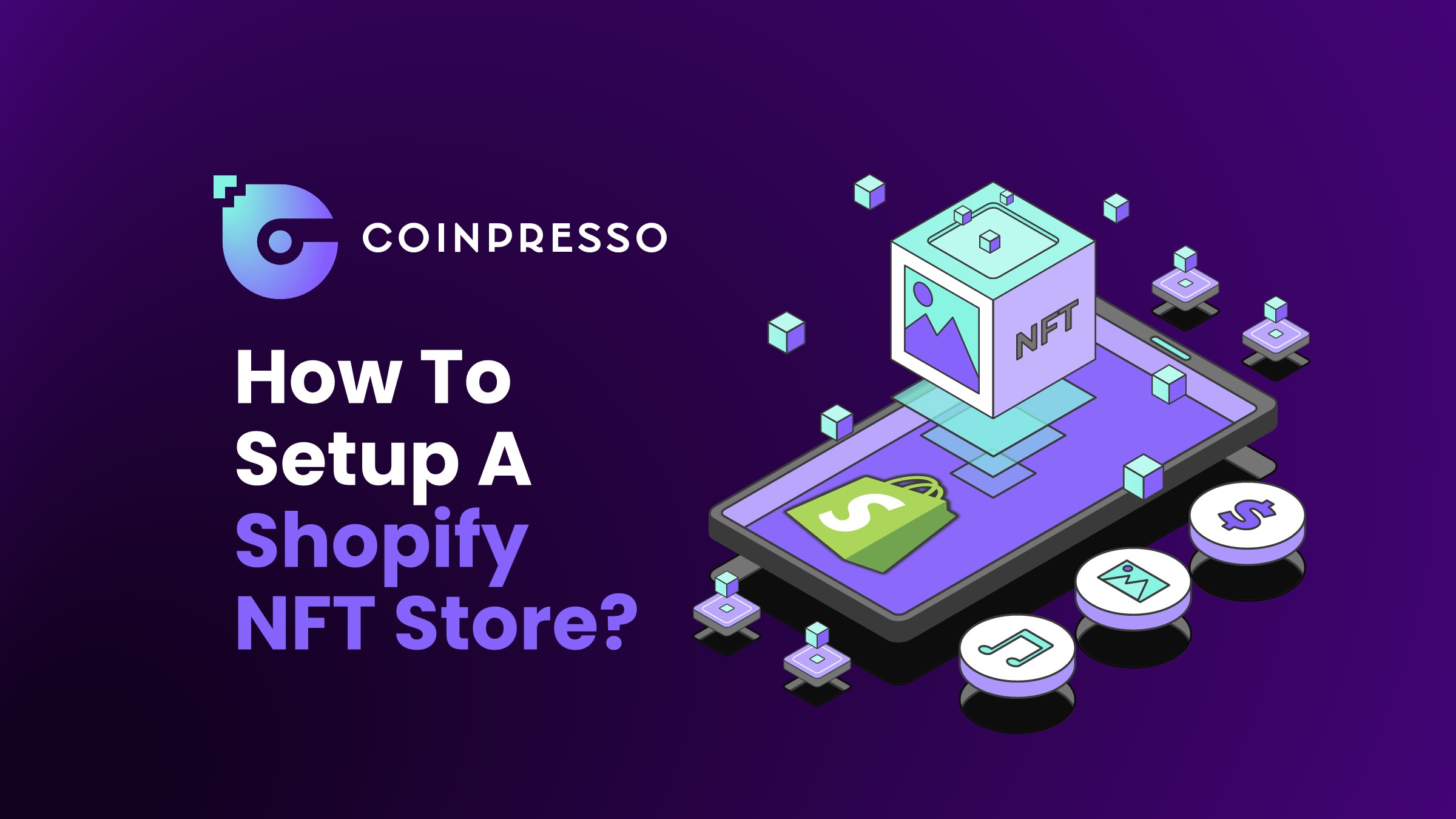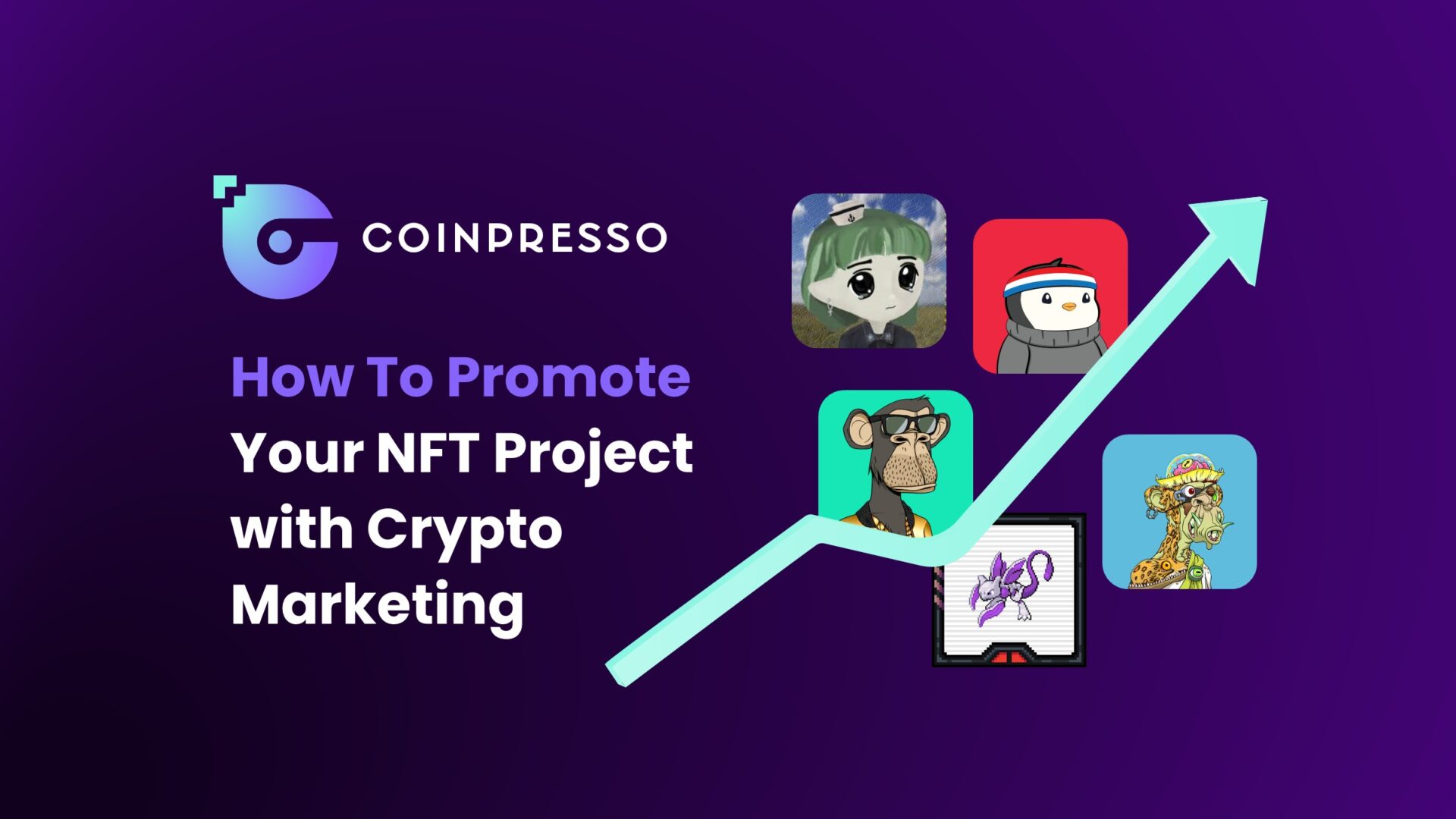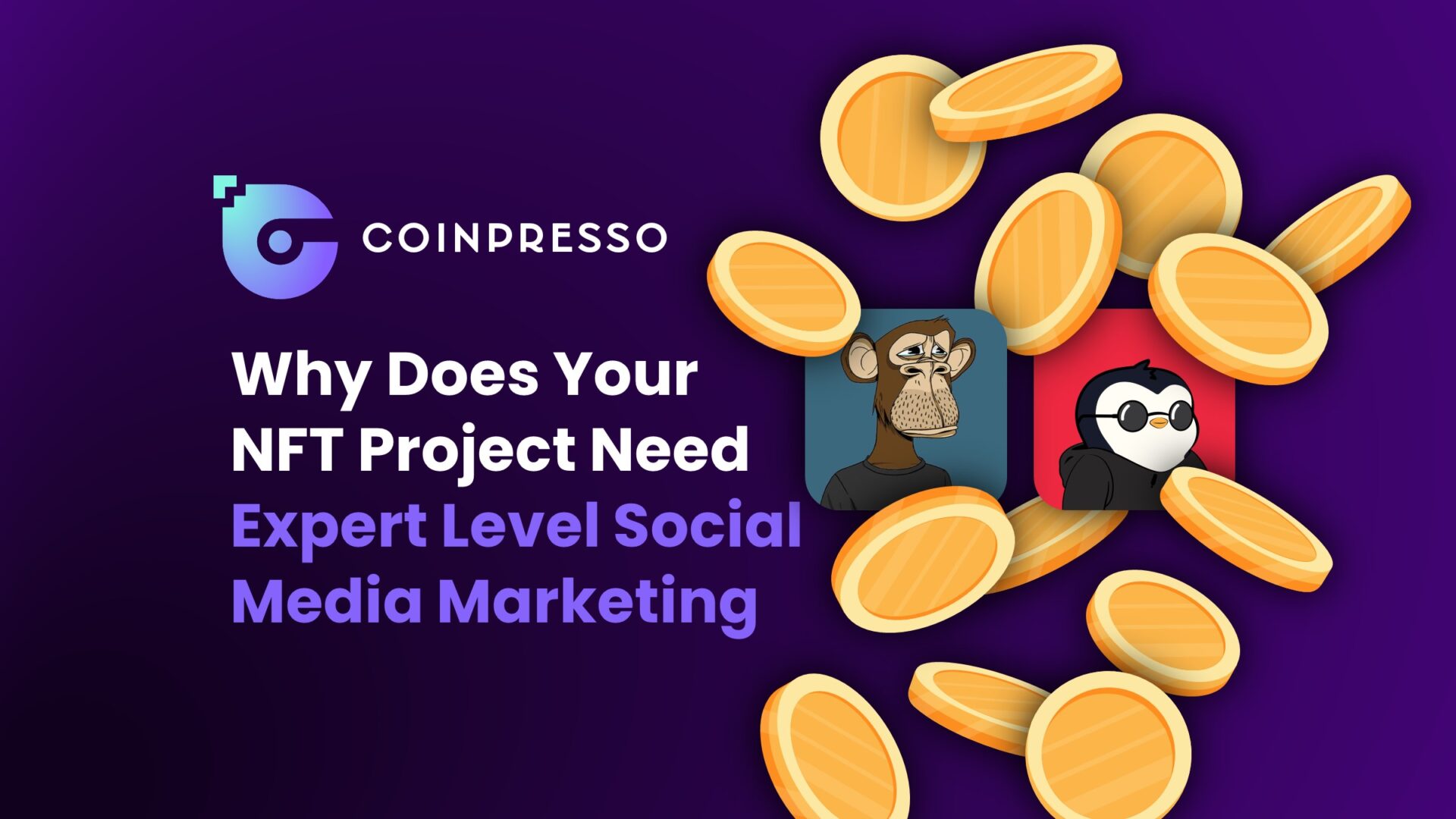
Non-fungible tokens, or NFTs, are disrupting the e-commerce landscape, enabling creators to sell their digital assets in a blockchain-secured environment. As a brand or creator, you might be wondering how to sell NFTs on Shopify, one of the largest e-commerce platforms worldwide. It's possible to seamlessly combine blockchain technology with your Shopify store, thanks to advancements in NFT marketplace development. Additionally, learning how to effectively advertise crypto products can give your NFT store a significant competitive edge.
Step 1: Understanding NFTs and Their Value
Before setting up your Shopify NFT store, it's essential to understand what NFTs are and how they can add value to your business. NFTs are unique digital assets representing ownership of a specific item or piece of content, stored securely on the blockchain. The uniqueness and scarcity of NFTs make them valuable and appealing to collectors and fans. They can be virtually anything digital, including art, music, games, and other forms of creative content. By selling NFTs on Shopify, you can monetize your unique digital content while providing your audience with a secure and easy purchasing experience.
Step 2: Integrating NFTs into Your Shopify Store
Next, you need to integrate NFTs into your Shopify store. This process involves connecting your store with an NFT marketplace. Various platforms specialize in NFT marketplace development, offering the necessary infrastructure to link blockchain technology with traditional e-commerce platforms like Shopify. To get started, choose an NFT platform that supports integration with Shopify. You can then use the platform's app or API to connect your store with the NFT marketplace. This will allow you to list NFTs on your Shopify store, sell them to customers, and transfer ownership securely via the blockchain.
Step 3: Listing Your NFTs
With your Shopify store integrated with an NFT marketplace, you can start listing your NFTs. Each NFT you list should have a detailed description and any relevant details about the digital asset, such as its creation, inspiration, or the story behind it. High-quality images or previews are also crucial to capture potential buyers' attention. Remember, NFTs are unique, so each NFT you list should represent something distinctive or of particular value. This could be an exclusive piece of digital art, a special edition of a game character, or an original song or video.
Step 4: Marketing Your Shopify NFT Store
Once your NFTs are listed, the next step is to draw attention to your Shopify NFT store. Learning how to advertise crypto products effectively is crucial to achieving this. You can leverage social media, email marketing, and other digital marketing strategies to reach your target audience. Engage your audience with compelling content that explains the value of your NFTs. Utilize SEO best practices to make your store more discoverable to those searching for NFTs online. You can also collaborate with influencers or other creators in the NFT space to increase your store's visibility.
Step 5: Maintaining Customer Trust and Transparency
In the world of NFTs and blockchain, trust and transparency are key. Be clear about the terms of purchase, ownership rights, and any future royalties involved. Offering responsive customer service and dealing promptly with any issues can also go a long way in building and maintaining trust with your customers.
Step 6: Building a Community Around Your NFTs
Creating a sense of community around your NFTs can boost your Shopify store's success. Communities provide a platform for your customers to interact with each other and with you, fostering a deeper connection with your brand and your NFTs. You can use social media, forums, and blogs to build and engage your community. Regular updates, sneak peeks into upcoming NFT releases, and interactive sessions like AMAs (Ask Me Anything) can significantly enhance community engagement.
Step 7: Tracking Performance
Once your Shopify NFT store is up and running, it's crucial to monitor its performance. This includes tracking sales, website traffic, customer engagement, and the effectiveness of your marketing efforts. Analyzing this data will provide valuable insights into what's working and where improvements are needed. This could lead to better product offerings, improved marketing strategies, and ultimately, increased sales and customer satisfaction.
Step 8: Staying Up-to-date with NFT Market Trends
The NFT market is dynamic, with new trends and technologies emerging regularly. Staying up-to-date with these changes will allow you to adapt your Shopify store to meet evolving customer needs and expectations. This could mean integrating new types of NFTs into your store, adopting new marketing tactics, or implementing new features to improve the customer experience. Being proactive in this rapidly evolving market can give you a competitive edge.
Conclusion
Setting up an NFT store on Shopify offers a unique opportunity to engage with your audience and monetize digital assets in innovative ways. The process involves understanding NFTs, integrating them with your Shopify store, effectively listing and marketing them, and building trust with your customers.
By leveraging NFT marketplace development expertise and learning how to advertise crypto products, you can navigate the complexities of the NFT market and make your Shopify store a success. Keep an eye on market trends, engage with your community, and continually optimize your store based on data and feedback.



































